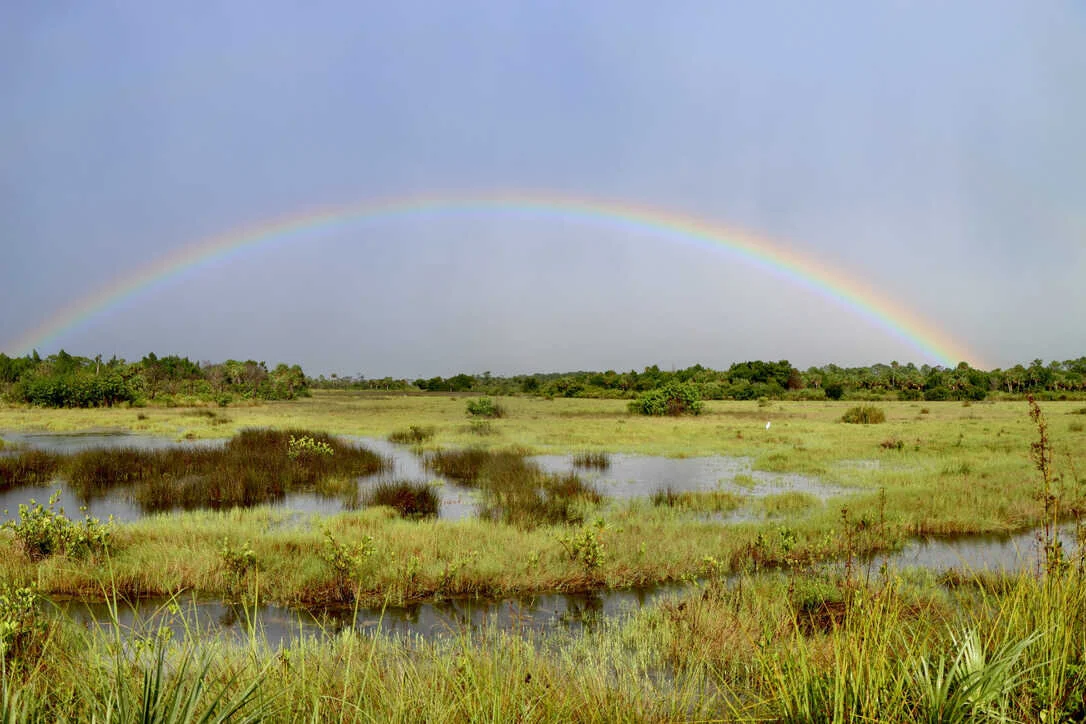WildLandscapes is thrilled to announce the election of two new members to its Board of Directors: William Ambrose and Krista Mitchell Cornell. These distinguished individuals bring a wealth of experience, expertise, and fresh perspectives to our board. Their induction marks the beginning of a transformative chapter for WildLandscapes, heralding a period of enhanced clarity and focus in our mission. Their collective understanding across different sectors promises to propel WildLandscapes into a phase of timely growth and development.
As we embrace this exciting stage, we reaffirm our dedication to our core values and to the vision that has always guided us, now amplified by the strengths of our new board members.
Kenya's remarkable success in conserving critically endangered black rhinos has led to a population increase from 240 in 1984 to 966 today, making Kenya the third-largest rhino population in Africa. To protect these rhinos from multiple threats, including poaching and habitat loss, a stable population of 2,000 is essential. To accommodate this growth, the Kenya Wildlife Service (KWS) is conducting a major rhino relocation, moving 21 black rhinos to Loisaba Conservancy, marking their return after a 50-year absence due to poaching.
As 2023 draws to a close, we are thrilled to highlight a year of substantial growth and achievements in our ongoing mission to conserve vital ecosystems. Collaboration has been the defining theme, underlining our belief that progress is rooted in partnerships. Our diverse network of partners, including individuals, non-profit organizations, government agencies, donors, and Tribal communities, has been instrumental in advancing our mission. Their wide-reaching influence and our strategic partnerships have amplified our impact.
In collaboration with our valued partner, Overberg Renosterveld Conservation Trust, we have successfully protected the rare Renosterveld by acquiring the 'Plaatjieskraal' farm. Spanning 1,425 acres, this expansion doubles the size of the existing Haarwegskloof Reserve. Placing the farm into conservation safeguards the largest remaining area of one of the world’s most critically endangered and biodiverse ecosystems. Since Renosterveld is deemed "100% irreplaceable," this farm acquisition is a triumph for conservation.
For conservationists and preservationists, the slight, implicit difference between “conservation” and “preservation” in connotation is significant because, in practice, it indicates a difference in how to carry out protection. WildLandscapes focuses on adaptive landscape conservation that protects land for wildlife and people while allowing for uses like, for example, sustainable ranching on landscapes in Florida.
In a city known for its dense tree canopy, I was surprised to hear that there’s a slice of scrub habitat found just on the outskirts of Gainesville. Having grown up on the Atlantic Coastal Ridge (known for this unique scrub) in the southern extent of Florida, and spending several years there studying gopher tortoises and the animals that rely on their burrows, I was excited to get back to my roots and have the opportunity to explore the scrub near my new home. Price’s Scrub State Park is in Micanopy, about 25 minutes from downtown Gainesville. It spans 1,000 acres, has 9.5 miles of hiking trails, and plays a key role in connecting the Northwest Marion Greenway conservation areas.
Florida boasts not only beautiful beaches and brilliant sunsets but also boundless biodiversity. It is one of the most biodiverse states in the U.S., ranking among the top five in endemic species (plants and animals found nowhere else). Unfortunately, with so many unique species and continual expansion into their territory, Florida also ranks among the top five states at risk for species extinction.
This includes species like the gopher tortoise, some of which reside in the Florida Wildlife Corridor.
A Conservation Area is a given area of land in which private landowners can join a regional partnership consisting of interested agencies, organizations, indigenous tribes, and local communities, the goal of which is to achieve regional conservation goals. Private landowners benefit because they acquire less than fee title interest or enter into management agreements while retaining their rights to land use.
This article will explain some of the top reasons that conservation areas are the best path forward for landscape conservation.
WildLandscapes are in the process of expanding our work throughout the state of Florida, and it's with these projects in mind that our team toured Florida Wildlife Corridor earlier this month. At the same time, we held meetings with stakeholders to better understand how we can effectively accomplish even more in the state. As these projects unfold, we’re eager to share with you what we’ve been working on!
In the meantime, we want to share some scenes from our recent tour, from the Ocala National Forest Wildlife to marine mammals of Merritt Island Nature Preserve, in the hopes they will inspire you as they did for us.
WildLandscapes has partnered with Roaring Springs Ranch (the Ranch) and High Desert Partnership to implement several scientific studies that will inform sound sustainable ranching activities and determine the health of the ecosystems and its wildlife conservation efforts in the region. The sustainable management of the land will be key to preserving the Sheldon-Hart-Malheur landscape in the face of future climate change and growing threats of megafires.











